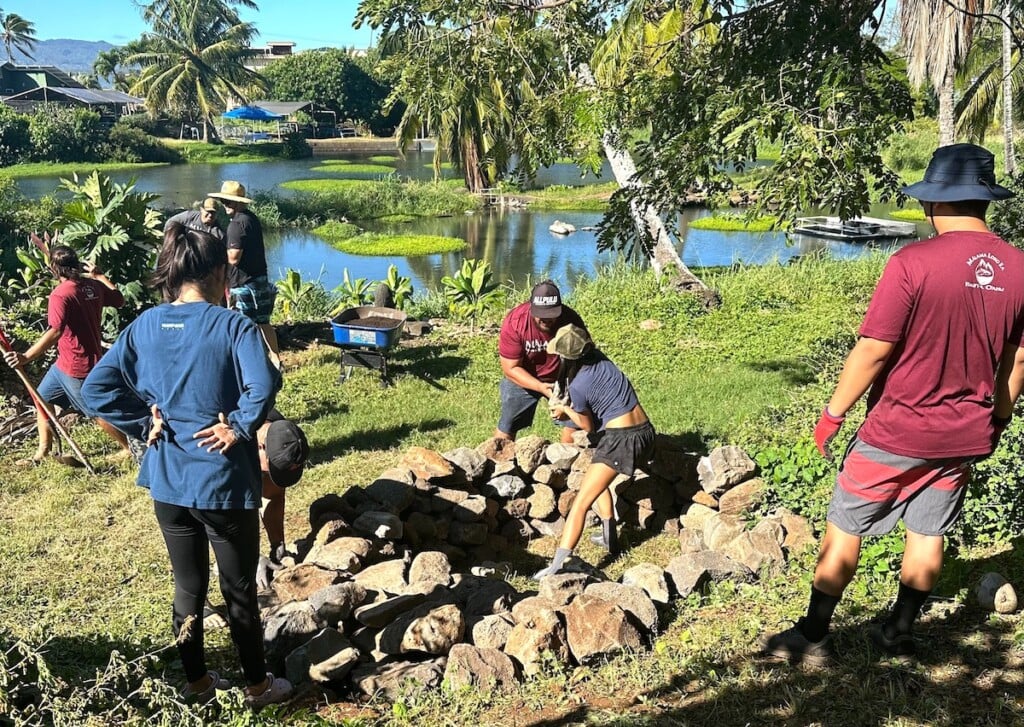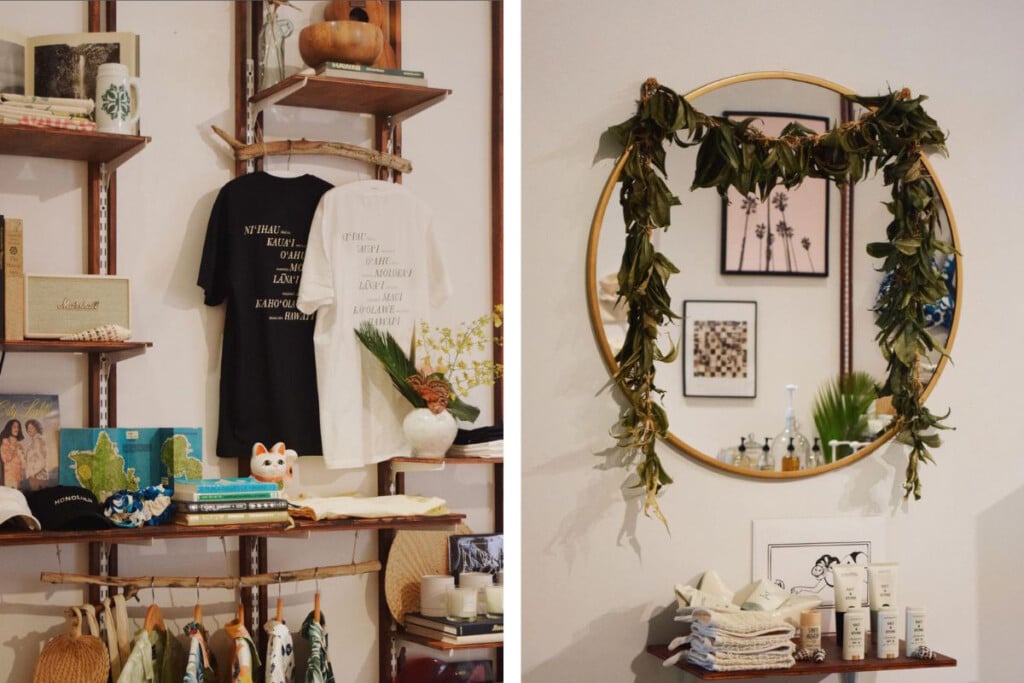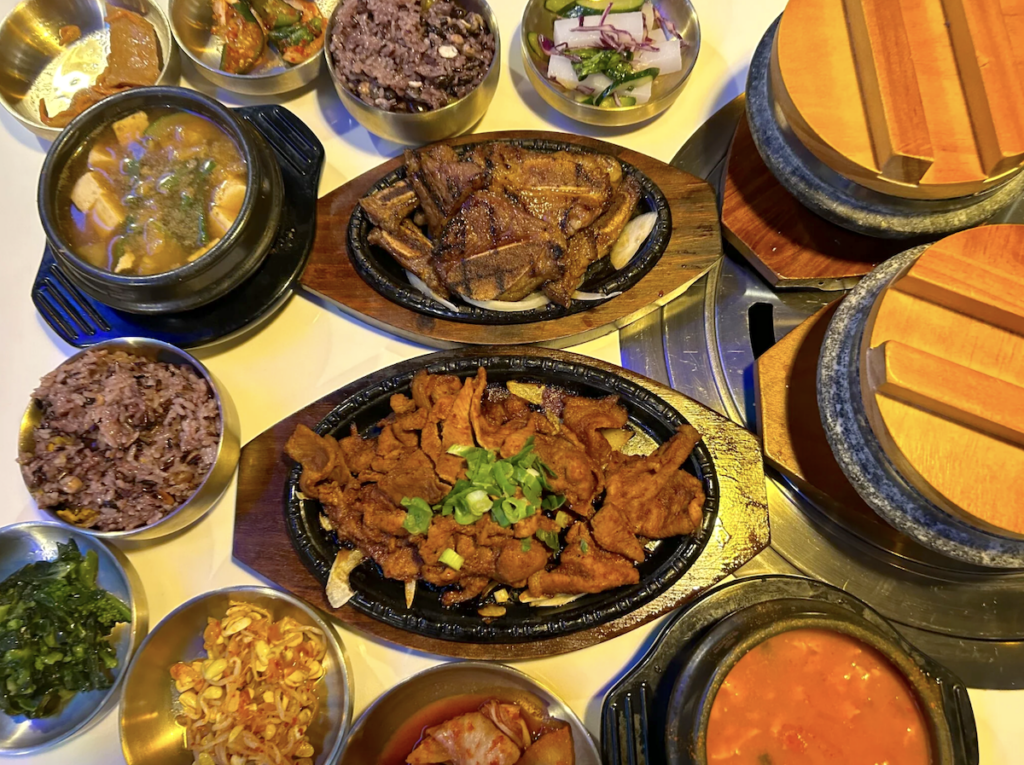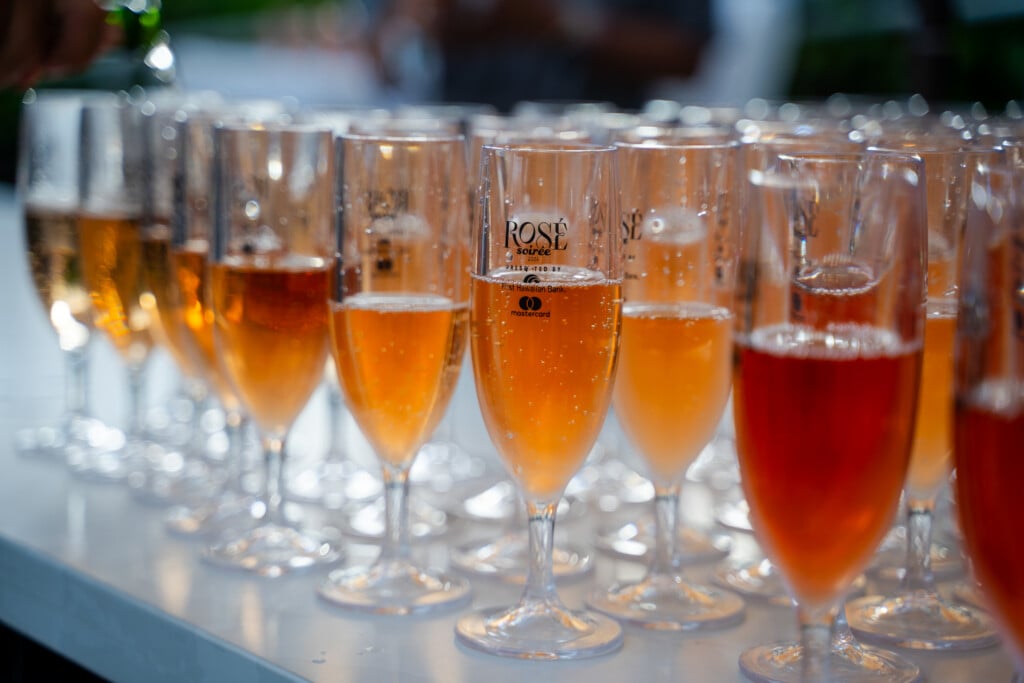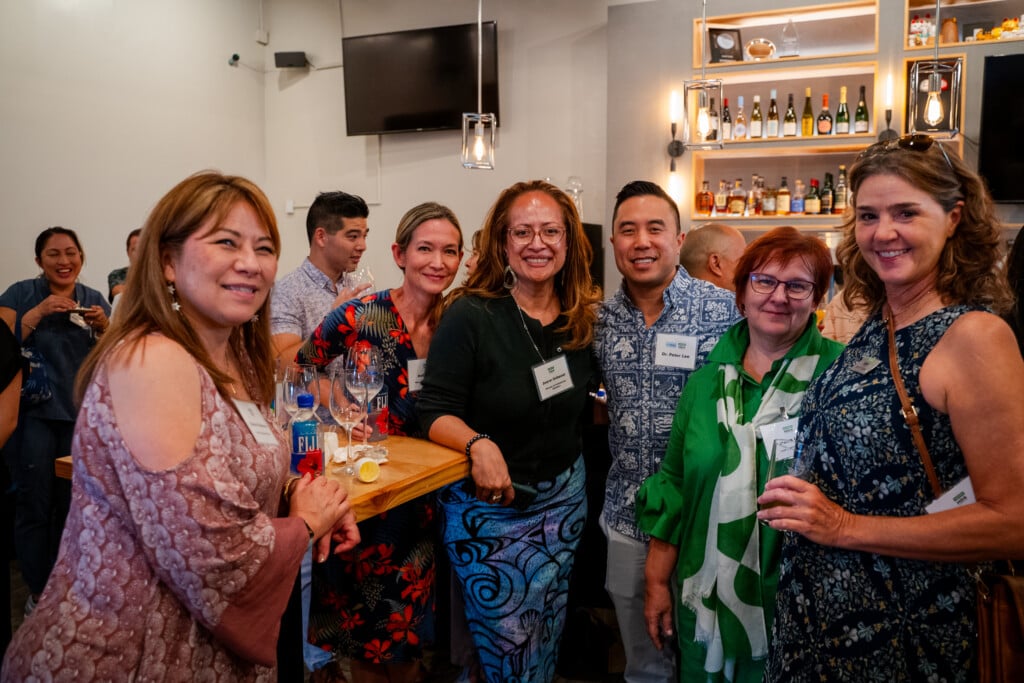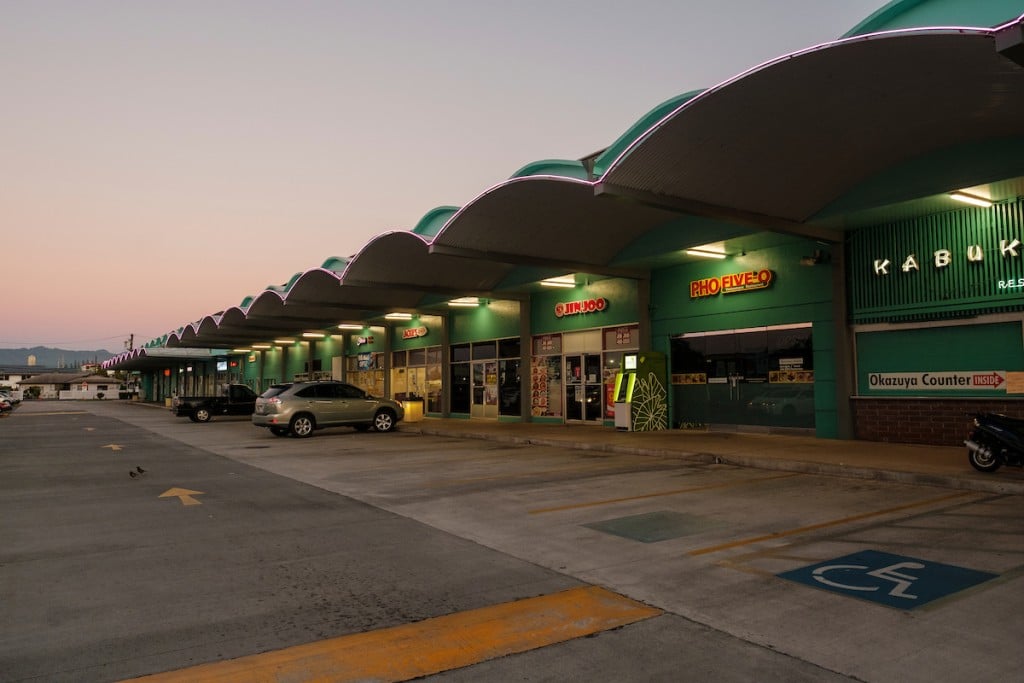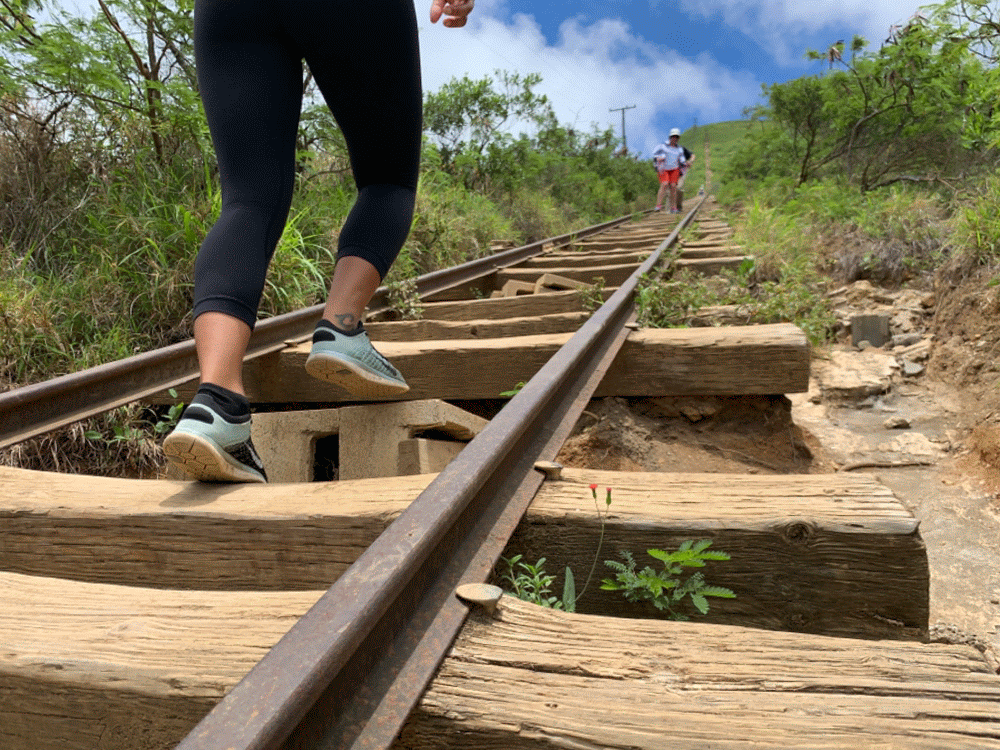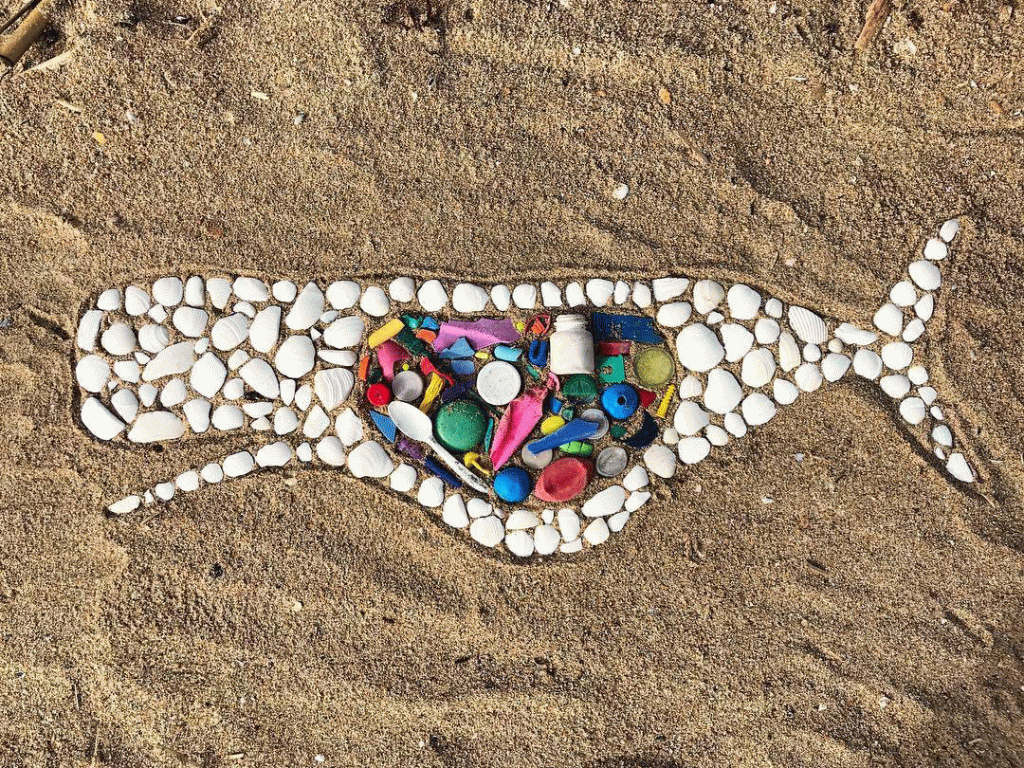Earthing: What It’s Like to Volunteer at a Fishpond
In Hale‘iwa and He‘eia, volunteers are helping to rebuild ancient fishponds.
Earthing is Frolic’s three-part series for Earth Month. Each post spotlights a different way to support local food production on O‘ahu. Part 1 took us through a morning at a local farm. Part 2 brought us into a kalo patch. In her final post, Sarah Burchard wraps up the series on the shoreline in Hale‘iwa.

Photo: Sarah Burchard
Loko i‘a. Fishponds. This is the end of the line for the natural watershed of an ahupua‘a. History tracks Native Hawaiians as likely the first to establish seawater farms of this kind 1,500 to 1,800 years ago. According to the American Institute of Biological Sciences, Hawai‘i had approximately 360 fishponds producing 900,000 kilograms of fish per year when Captain James Cook arrived in 1778. After the Great Māhele in 1848, Hawaiian food systems unraveled and fishponds began to disappear.
Today, dedicated nonprofits are restoring a few fishponds on O‘ahu. Most notable are Paepae o He‘eia—whose rock-walled loko kuapā extends into the ocean along the Windward shoreline—and Mālama Loko ‘Ea, with two loko pu‘uone built on land just off the shoreline. The latter uses an ‘auwai, or open channel, to drive fish in from the ocean.
You can learn how each system works by volunteering. Each organization hosts a Saturday community workday most months: Paepae o He‘eia on the second and fourth Saturday and Mālama Loko ‘Ea on the third Saturday of the month.

Photo: Sarah Burchard
These are not just workdays but a hands-on education in sustainable food systems. You get more out of it, and the nonprofit does too, if you keep coming back. This lets the organization build up a reserve of reliable volunteers who need less training each time. The reward is getting to see the progress on every visit.
Here’s what a morning working at a loko i‘a is like.
9 a.m. I arrive to sunny, blue skies in Hale‘iwa. A schoolbus has just unloaded a group of high school students. There must be more than 50 volunteers in all, including young families with small children and 40-somethings like me. A woman is collecting signatures: Mālama Loko Ea Foundation is trying to purchase this land to prevent further development near its ‘Uko‘a and Loko ‘Ea fishponds.
9:15 a.m. Three community members offer oli, or chants, before we pass through the entrance. Inside, we introduce ourselves and learn about the land, the nonprofit, today’s tasks and safety protocols (which are quite entertaining).

Photo: Sarah Burchard
9:30-ish. Groups split up. Some will break down cardboard for mulch, families with toddlers head to a garden patch to weed and plant, a few head toward the water with weed whackers. I join the majority to build rock walls around three young trees. The rocks’ pores will absorb rainwater, then secrete it with nutrients into the soil. The boulders are far away, so we hali hali, creating a long human chain to transport them by hand. This is how the Kapua pond at Maunalua (now called Hawai‘i Kai) was reportedly built by Native Hawaiians who brought rocks from the Ko‘olau.

Photo: Sarah Burchard
Next, everyone meets by the edge of the Loko ‘Ea fishpond to pull weeds. We are getting off easy today. Often, volunteers will get the infinite chore of shoveling sand out of the ‘auwai. Clogged channels are common to this type of fishpond, but in Hale‘iwa, where waves reach double overhead in winter, a loko pu‘uone makes more sense than a rockwall. At Paepae o He‘eia where the water is calm, a loko kuapā is preferable.

Photo: Sarah Burchard
11:45 a.m. Before we break for lunch, the staff corral us to a garden bed where a long row of tī plants sit in pots. Everyone chooses one. With our hands, we dig holes the depth of the pot and plant our tī. The job is complete with a blessing. We place our hands upon the soil, transferring our mana into the plant so it will flourish.

Photo: Sarah Burchard
12 p.m. Lunchtime. We gather in a circle to reflect on the morning, acknowledge what we’ve achieved and share mahalos. A cafeteria line of chili, salad and freshly sliced papaya and pineapple awaits. We get our mess kits and find a picnic table. We feast and chat with new friends before heading home, tired but feeling good.
SEE ALSO:
Earthing: What It’s Like to Volunteer at a Local Farm
Earthing: What It’s Like to Volunteer at a Lo‘i

